

Tiffany & Co: the history of an American success!
Now one of the greatest names in design, Tiffany grasped early on the importance of watches and has always tried its best to share its passion for time. Here is the saga of a history where minutes are majestically displayed with a true signature.
Today’s leading brands often have their origins in the first decades of what is known as the industrial era. According to historians, said era started in the late 18th century in England. Yet, in Western Europe and the USA, it really only started in the first thirty years or so of the th century. Tiffany & Co. was founded in this flamboyant context, where new ideas systematically generated profits and where everything was possible for entrepreneurs.
The first Tiffany store was opened in 1837 by Charles Lewis Tiffany (1812-1902) in Lower Broadway, Manhattan. At first, the store did not sell watches.
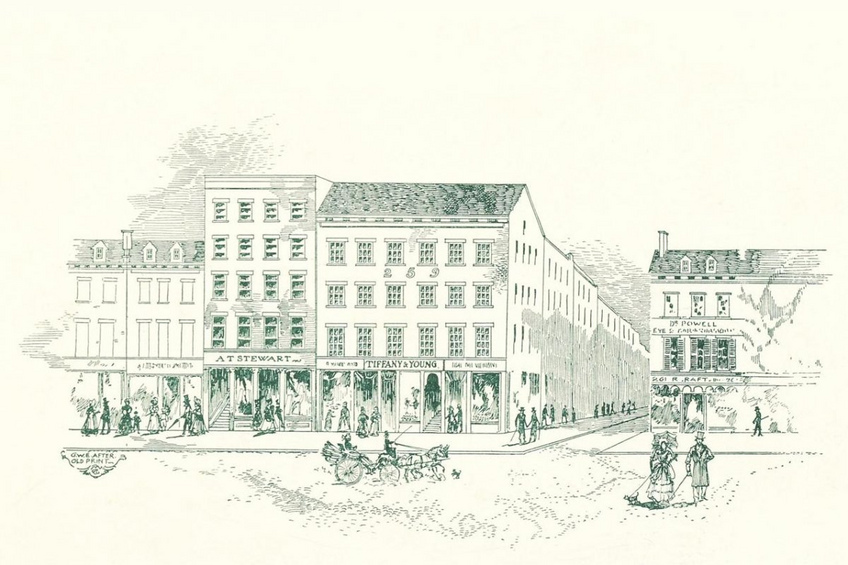
It was only in 1846 that the watch adventure started when John Burnett Young, Tiffany’s partner and associate, brought in some watches and clocks from the Old Continent. These were to be showcased in the second store the visionary traders intended to open on 271 Broadway the following year. Three brands were the first to feature in the catalogue of the young label. Firstly, Arnold & Frodsham, a brand known for the quality of its chronometers (and now the inventor of modern marine chronometers). Secondly, the brilliant Danish watchmaker Jules Jürgensen who was based in Le Locle, Jura. Thirdly, Patek & Co that later became the manufacture Patek Philippe. Only a few years later, in 1851, a simple handshake marked the start of the official partnership between Patek Philippe and Tiffany. This partnership between a brand and a label has been the longest in watchmaking history.
The inception of a passion
In 1866, one year after the Civil War, Tiffany started its in-house production of quality watches. They were equipped with dials that subtly displayed the label’s name. The label called upon Charles B. Eggert, the son of a New York watchmaker, and Joseph Charles Whitehouse (1838-1895), a young English master.
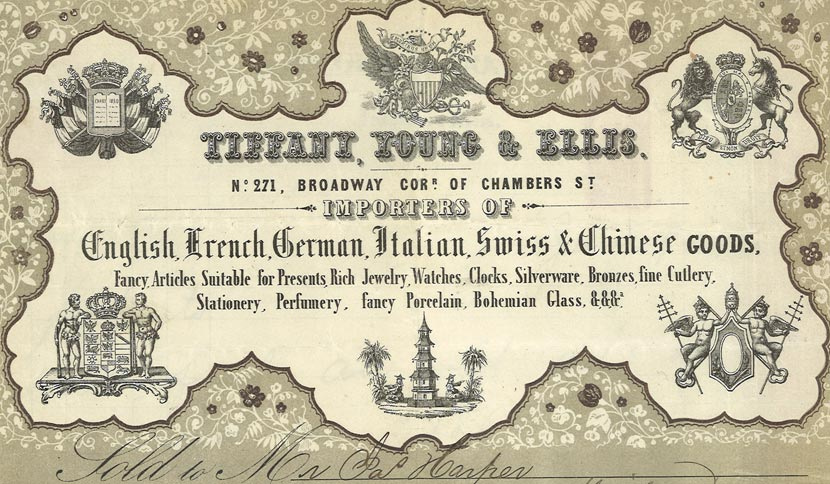
The fact remains that while the label was doing everything necessary to become independent, it already had subcontractors that produced its components and suppliers from whom it bought quality watches in Switzerland.
However, increasing demand and the fact that modern and powerful American watchmaking manufactures such as Waltham, Illinois, Elgin and many others were set up in the North-American market, made Tiffany become more and more present in Switzerland, where salaries were still very low but the quality of production very high. In 1874, faced with reality, the label opened a watchmaking manufacture that had the best machines at the time. It was established in Cornavin, near Geneva’s central station. There, only unique watch calibers were produced and particularly those that the notables from the New World ordered. Among their products were pendant winding watches, all kinds of minute repeaters, simple and fly-back chronographs and simple and complicated calendar watches.
The year 1878 was a turning point for Tiffany. The label had to sell its Geneva-based workshops to Patek Philippe with which it signed a partnership in 1851 that granted Tiffany the Geneva-based manufacture’s best movements as well as sale exclusivity.
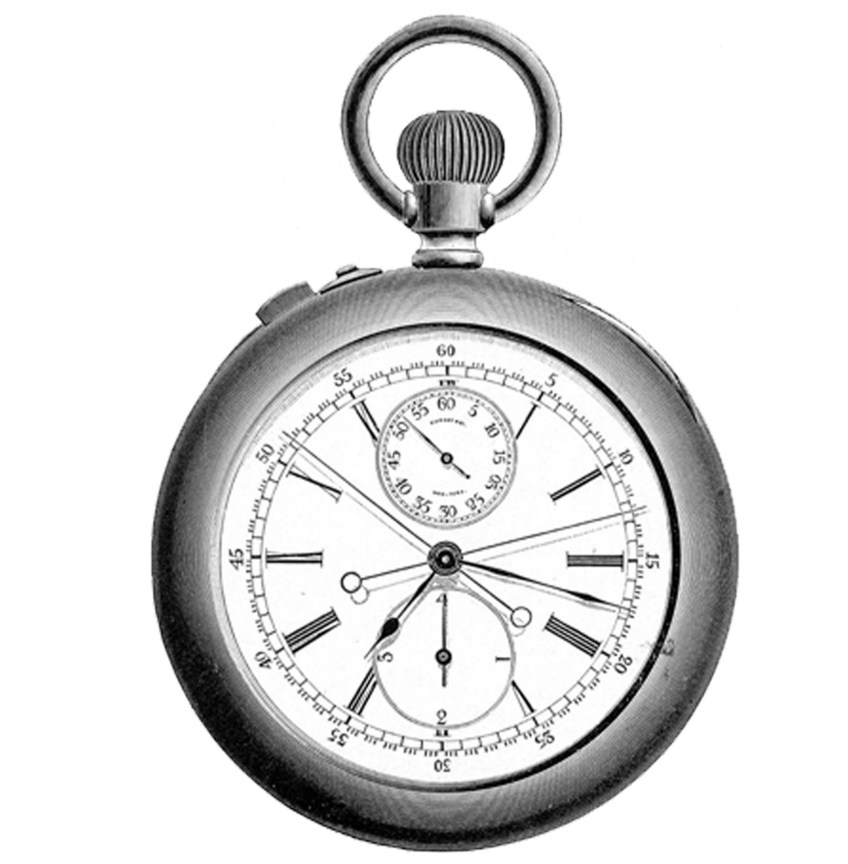
The unique alliance allowed the label to focus on jewelry-making and silverware production. At a time when chain-producing American watchmaking brands had a heavy influence on the market thanks to the amazing amount of affordable watches they made, Tiffany knew perfectly well how to showcase its skills and use them to make a difference. The circumstances and the fact that there were brands which made millions of low-price watches – in other words the industrialization of an object that had long been a prerogative of powerful people – called for a strategy. Indeed, elites were given the possibility to stand out with time-measuring instruments that met their expectations. Thus, Tiffany ended up developing contacts with leading makers with the aim of showcasing its expertise on dials rather than deploying its skills in a sector that had become highly competitive.
Being trendy
Following in the steps of some maisons from that period, Tiffany chose to call upon high-quality Swiss movement producers. It also decided to house these exceptional movements in its own in-house cases in order to meet the requirements or match the taste of the clientele the label knew well.
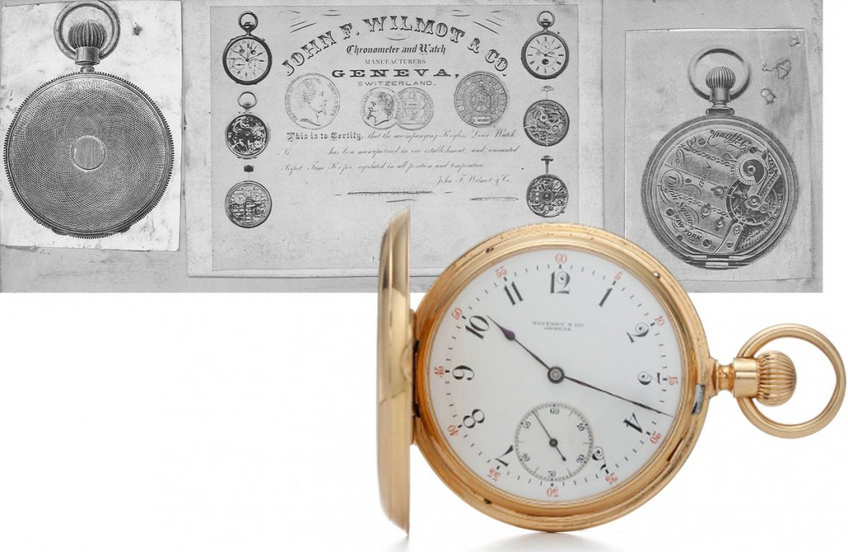
The renowned label was always attuned to the trends of its time and spotted early on women’s interest in jewel watches that could be worn on the wrist. Hence, in the late 19th century, its Blue Book featured its first jewel wristwatch. However, it wasn’t until after World War One that wristwatches became popular. And as Tiffany put a great emphasis on satisfying the demands of its clientele, it adopted the growing trend in full. It must be said that the label’s implication in fashion, jewelry and silversmithing allowed it to be one of the companies that were able to make horological products perfectly adapted to current trends.
The 1920s and 1930s offered the brand the opportunity to demonstrate its skills in terms of aesthetics and balance. Its creations were well adapted to the trends of the time, they remained monuments in terms of design and allowed to be passed on from generation to generation without so much as a scratch. Most noteworthy are the label’s skills when in the design of diamond-set watches for women. They were original and were rather jewels that told the time.
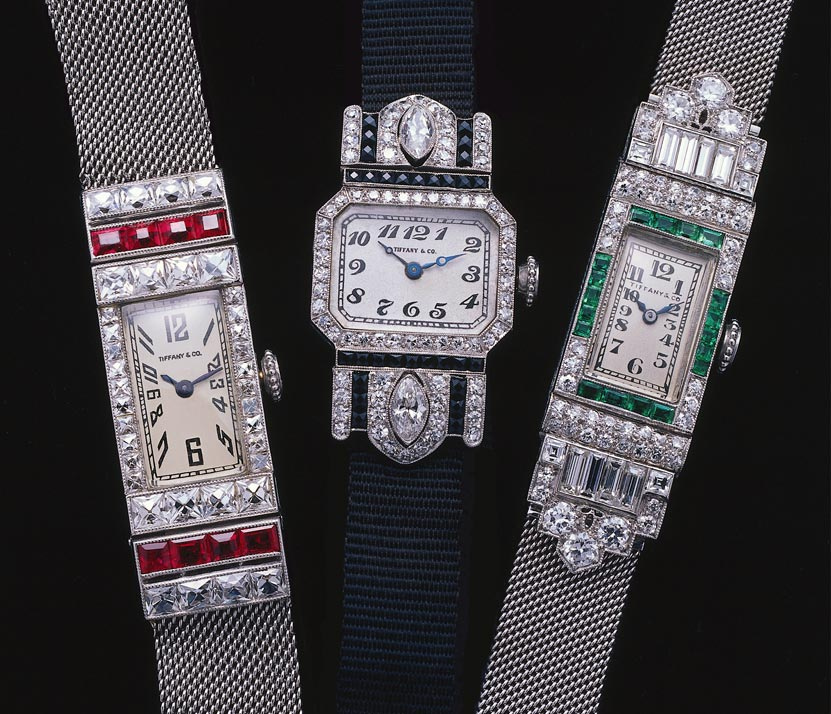
However, the label’s approach when it came down to pure watchmaking was admittedly hindered by circumstances.
Thus, from the Great Depression to World War Two, Tiffany focused on the production of uncommon time-measuring instruments, such as diamond-set smoking watches, which were aimed at a clientele that sought exceptional products. Between the 1940s and the early 1980s, Tiffany included in its Blue Book a selection of the most beautiful watches from selected brands. These were chosen for their precision and their aesthetics, according to the taste of its clientele. Certain models, as a result of the different agreements Tiffany had signed with some of the brands featured in the catalogue, displayed the famous double signature, which is so sought after by collectors today.


